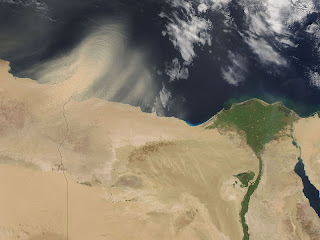n
n
Canada’s first satellite is launched – 1962
n
With the launching of Alouette I, Canada became the third nation to build a satellite that was successfully put into Earth orbit. (I’m sure you know that the Soviet Union and U.S. were the first two space-faring nations.)
n
Alouette was launched by NASA in the U.S., but it was constructed in Canada by Canadians. It was designed to study the ionsphere, a region in the upper atmosphere—the region that many future satellites would be located. After the planned ten years of operation, the satellite was deliberately shut off. However, the satellite remains in orbit, and it is remotely possible that it could be turned on again someday.
n
By now there are a few hundred operational satellites in Earth orbit, from more than 50 countries—plus thousands of unused satellites (like Alouette I) and satellite parts. It seems to me that space is getting just a bit too crowded! Even if the volume of orbiting space is hugely greater than the amount of human-made stuff we have sent up there, a collision could be disastrous. The problem of space junk will have to be dealt with eventually.
n
SAT Facts
n
n
nSatellites are used for observation for military and civilian reasons. Check out these satellite photos! Look at a satellite image of your own house using Google Maps. Or download Google Earth.
n
n
Satellites are (of course!) used for communication—that’s why we have cell phones and satellite TV!
n
n
They’re used for navigation and location devices such as GPS. If you have an I-Phone or a GPS, you can do geocaching, which is like a really cool scavenger hunt.
n
n
They’re used for study and prediction of weather and for other scientific research. I love looking at photos and more photos from the Hubble space telescope!
n
n
n
And of course some satellites are meant for humans! The largest satellite now in use is the International Space Station.
n
n
